Rothschild Textiles at Waddesdon Manor
Last chance to see Ecclesiastical Textiles at Waddesdon Manor on till 27 October 2013.
The textiles, dating from circa 1400 to the late 1700s, were acquired by several members of this famous banking family. Although it might seem strange for a Jewish family to collect objects associated with the Christian church, the textiles were prized for their technical and artistic brilliance and used as throughout their houses as rich furnishings.
Baron Ferdinand de Rothschild used them in the Bachelors’ Wing at Waddesdon, the first part of the house to be completed in 1880. His sister, Alice, also had an eye for the finest ecclesiastical embroidery, displayed as decorative hangings in her own house nearby. A passionate collector of costume and textiles, Ferdinand and Alice’s niece, Baroness Edmond de Rothschild, shared their interest.
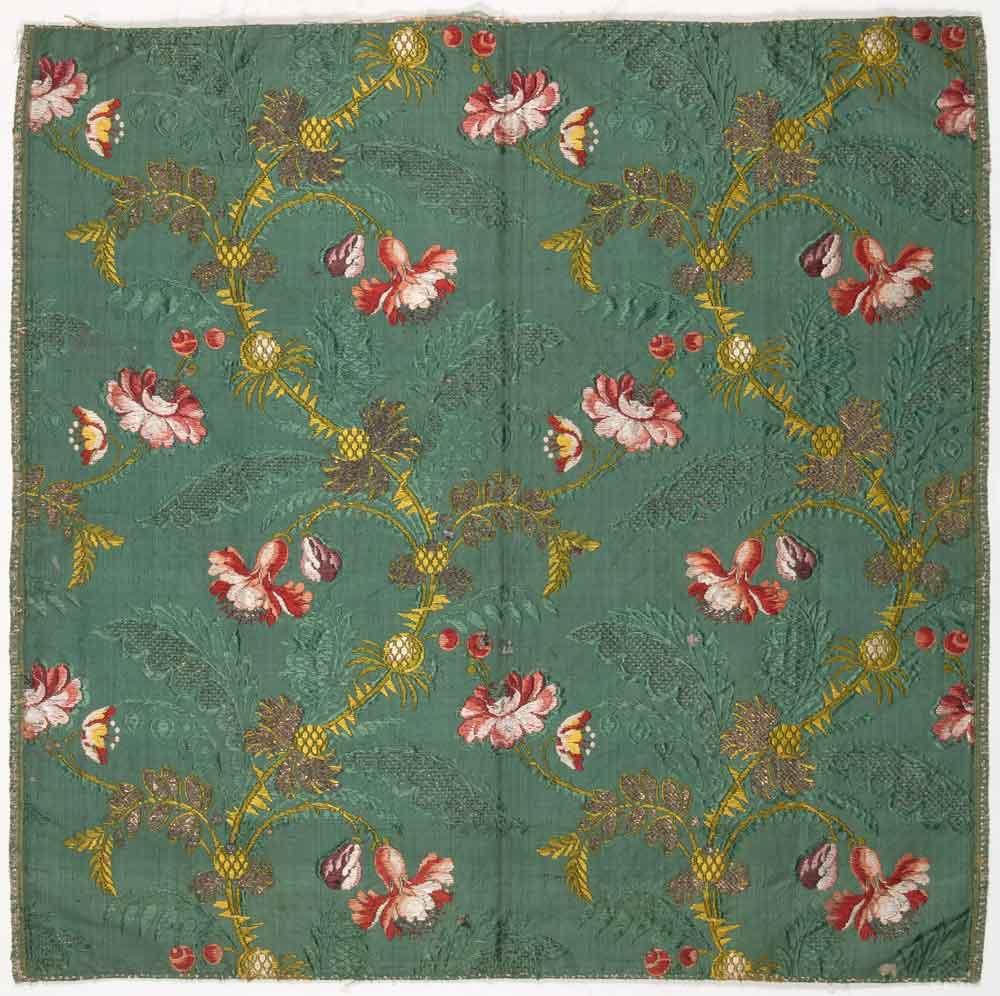
Dress fabric, now a chalice veil, 1745-1750; Waddesdon, The Rothschild Collection (The National Trust).

Embroidered hanging, possibly an altar frontal, depicting the beheading of John the Baptist, 1575-1600 (lining and alterations circa 1880); Waddesdon, The Rothschild Collection (The National Trust)
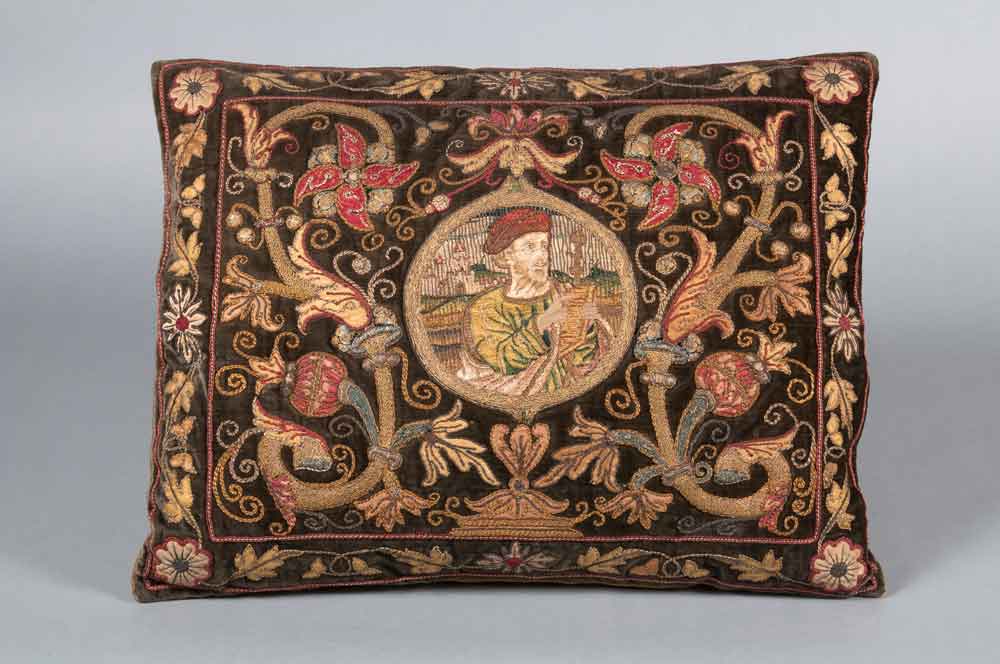
Embroidered cushion depicting St Paul, late 1500s; Waddesdon, The Rothschild Collection (Rothschild Family Trust)
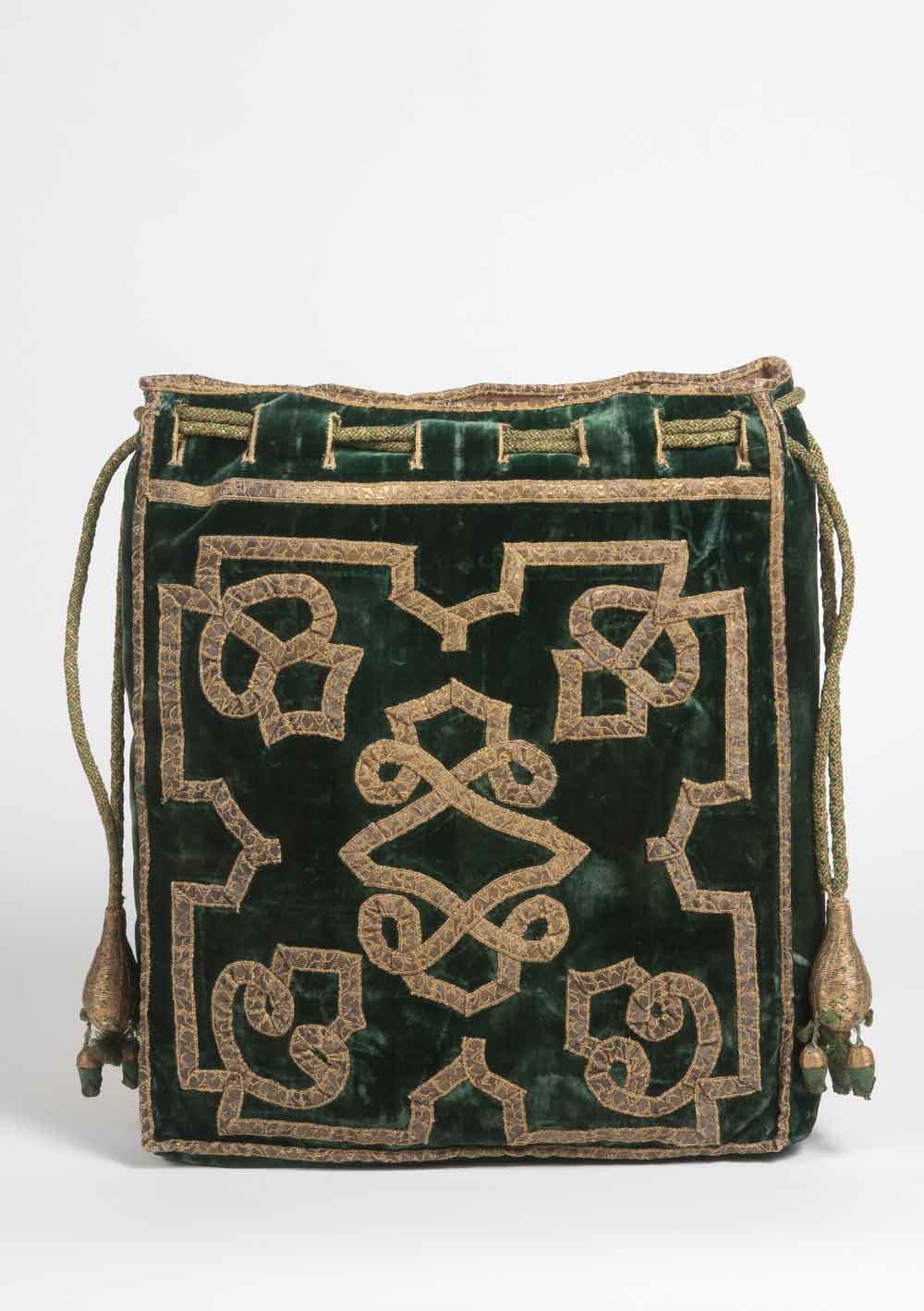
Green velvet draw-string bag, possibly for a book, 1600-1700; Waddesdon, The Rothschild Collection (The National Trust)
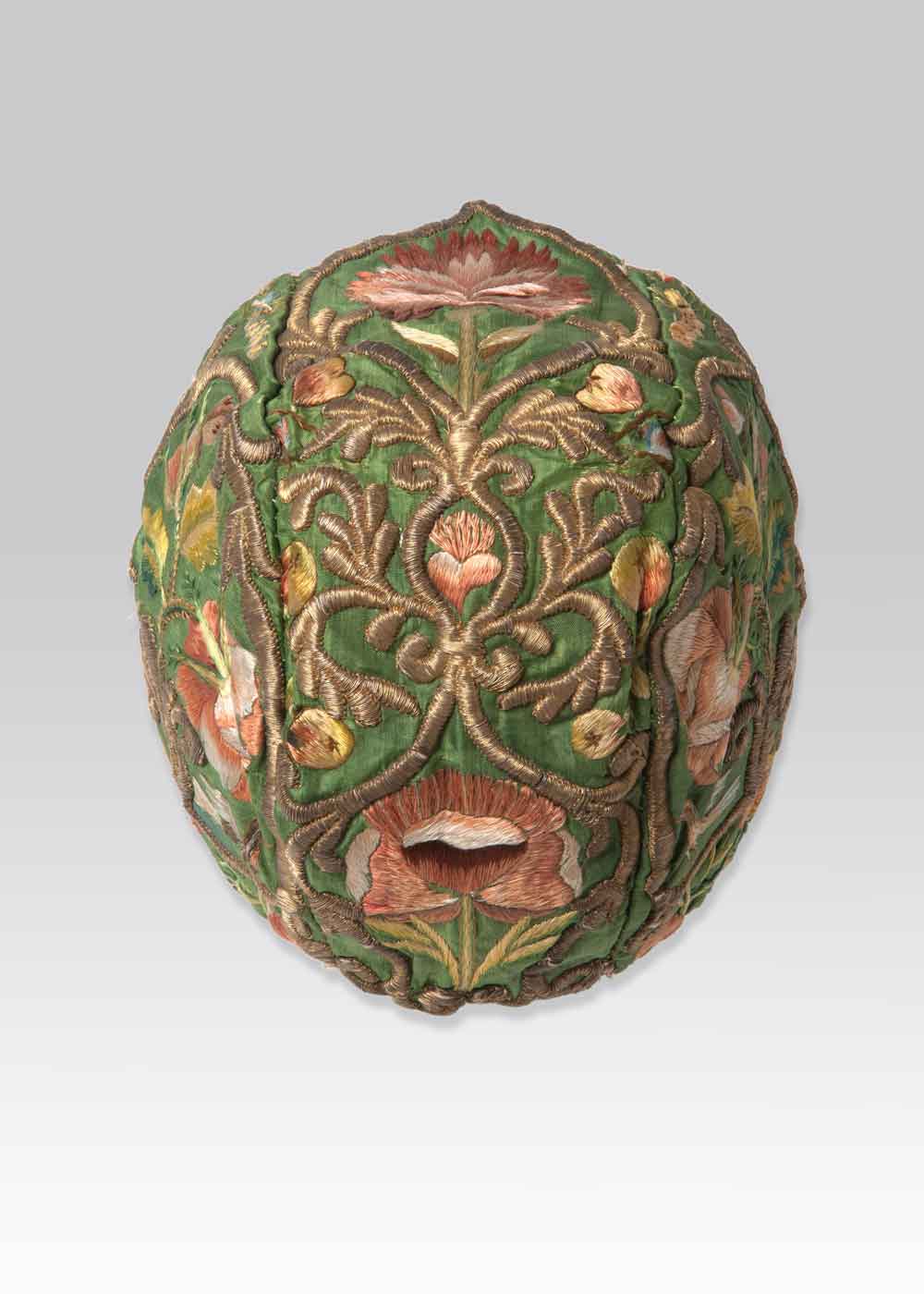
Cap for a baby, possibly a statue of the Christ child, 1750-1800; Waddesdon, The Rothschild Collection (The National Trust)
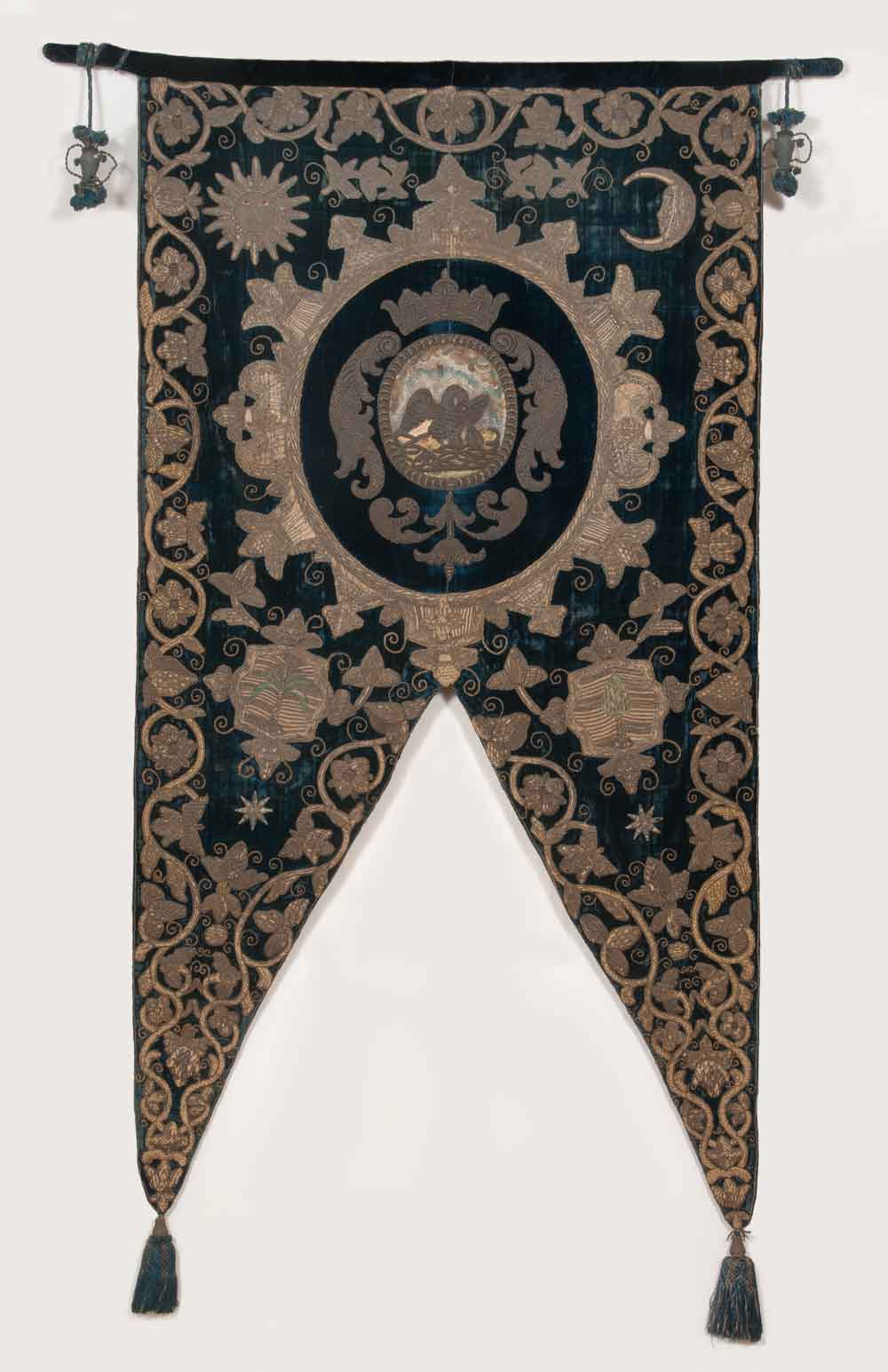
Processional banner, 1690-1720 (with later alterations); Waddesdon, The Rothschild Collection (The National Trust)

Skirt for an image of a saint or the Virgin Mary, 1775-1800; Waddesdon, The Rothschild Collection (The National Trust)

Robe for an image of a saint or the Virgin Mary, 1700-1800; Waddesdon, The Rothschild Collection (The National Trust)


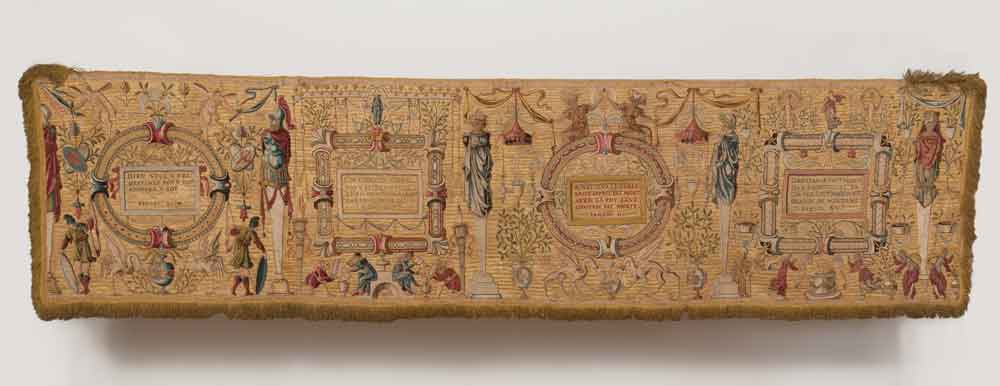
























Comments [0] Sign in to comment